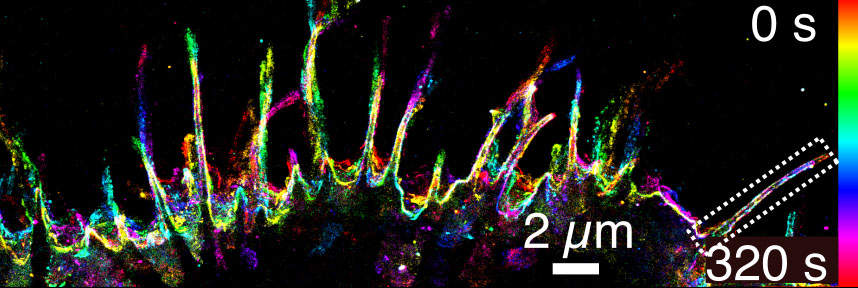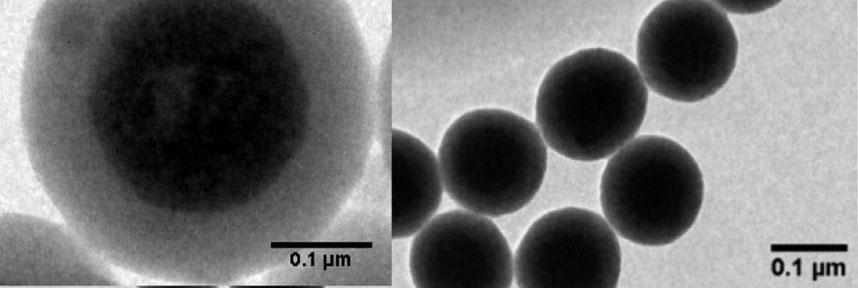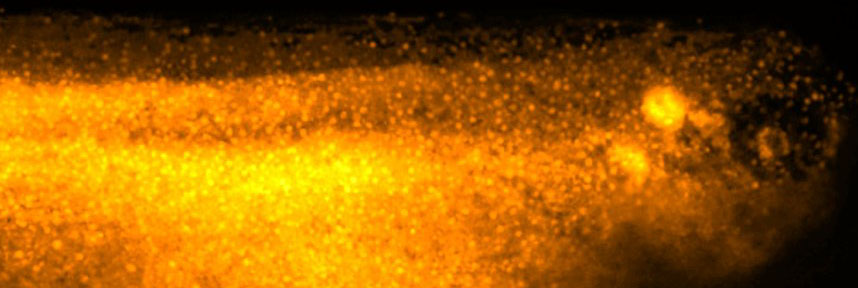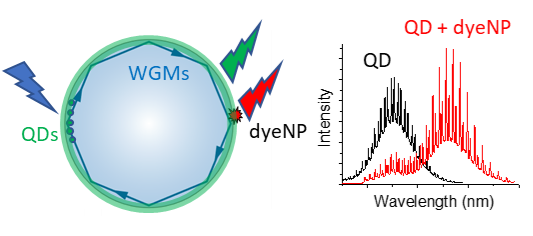Welcome to the FunKy (FUNctionnal nanoKrYstal) group, part of the LPEM lab.
The group is composed of 3 researchers, 2 engineers and 6 PhD students.
Our main research activities focus on the synthesis, characterization and functionalization of inorganic nanoparticles for optoelectronics and biological applications:






